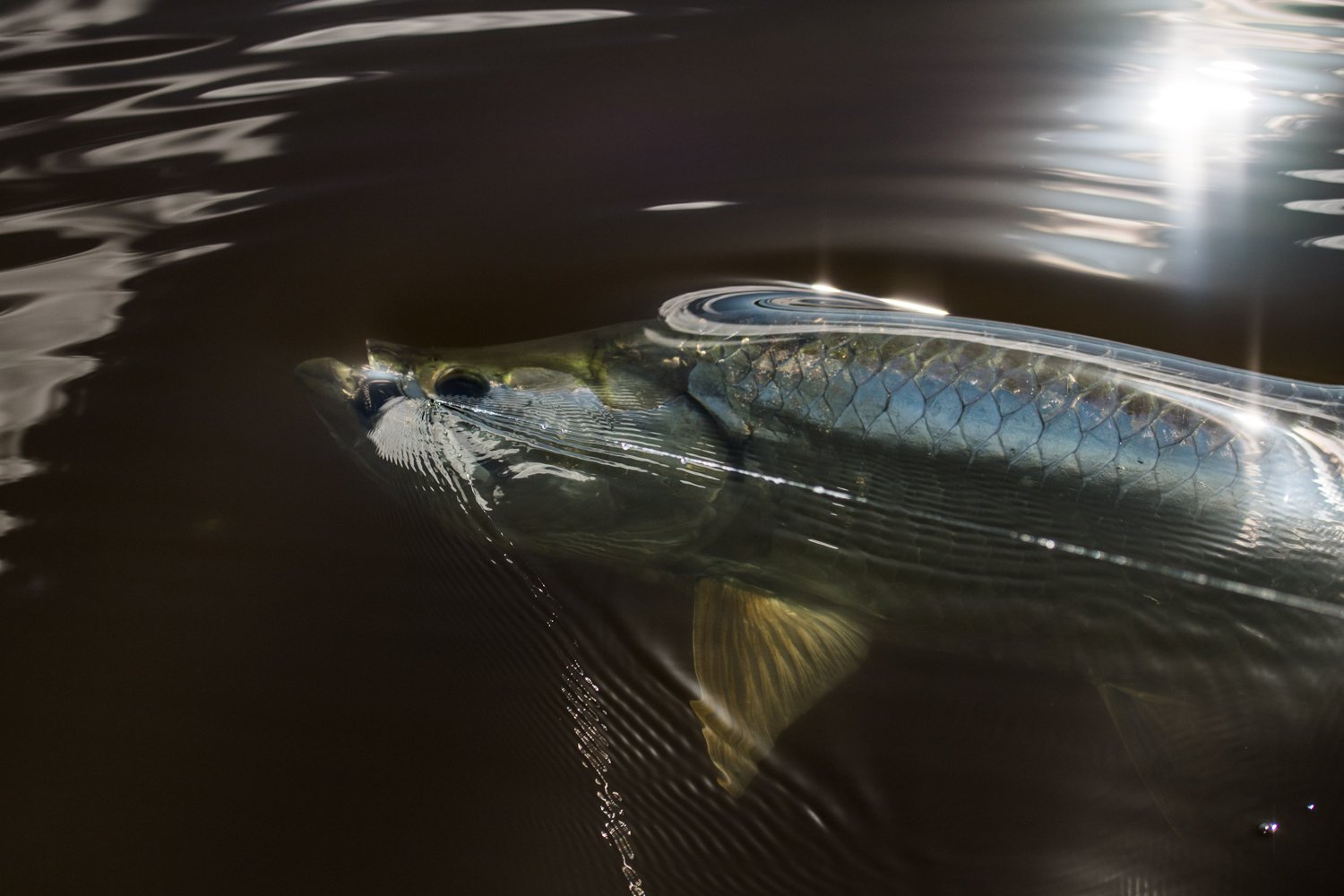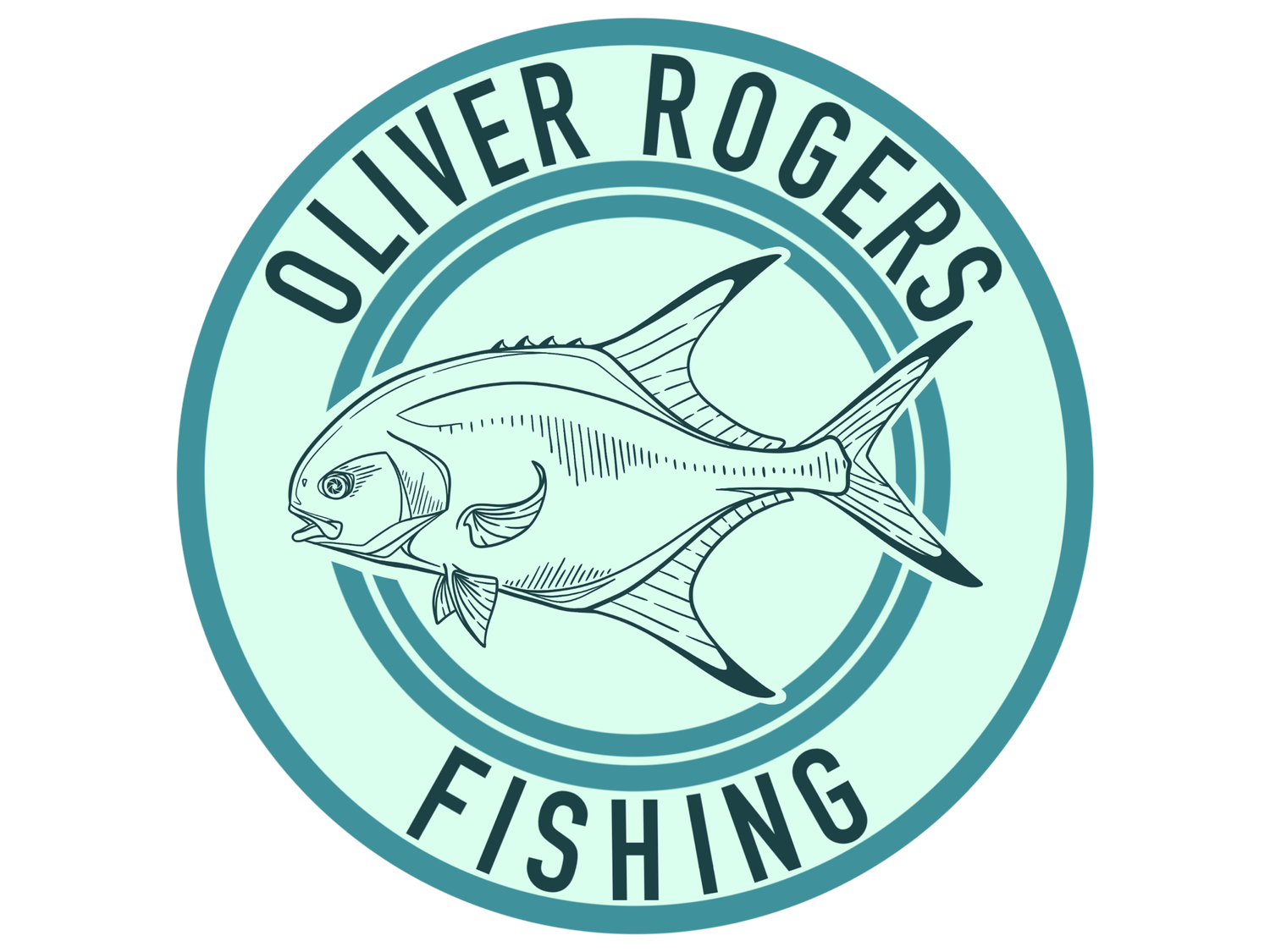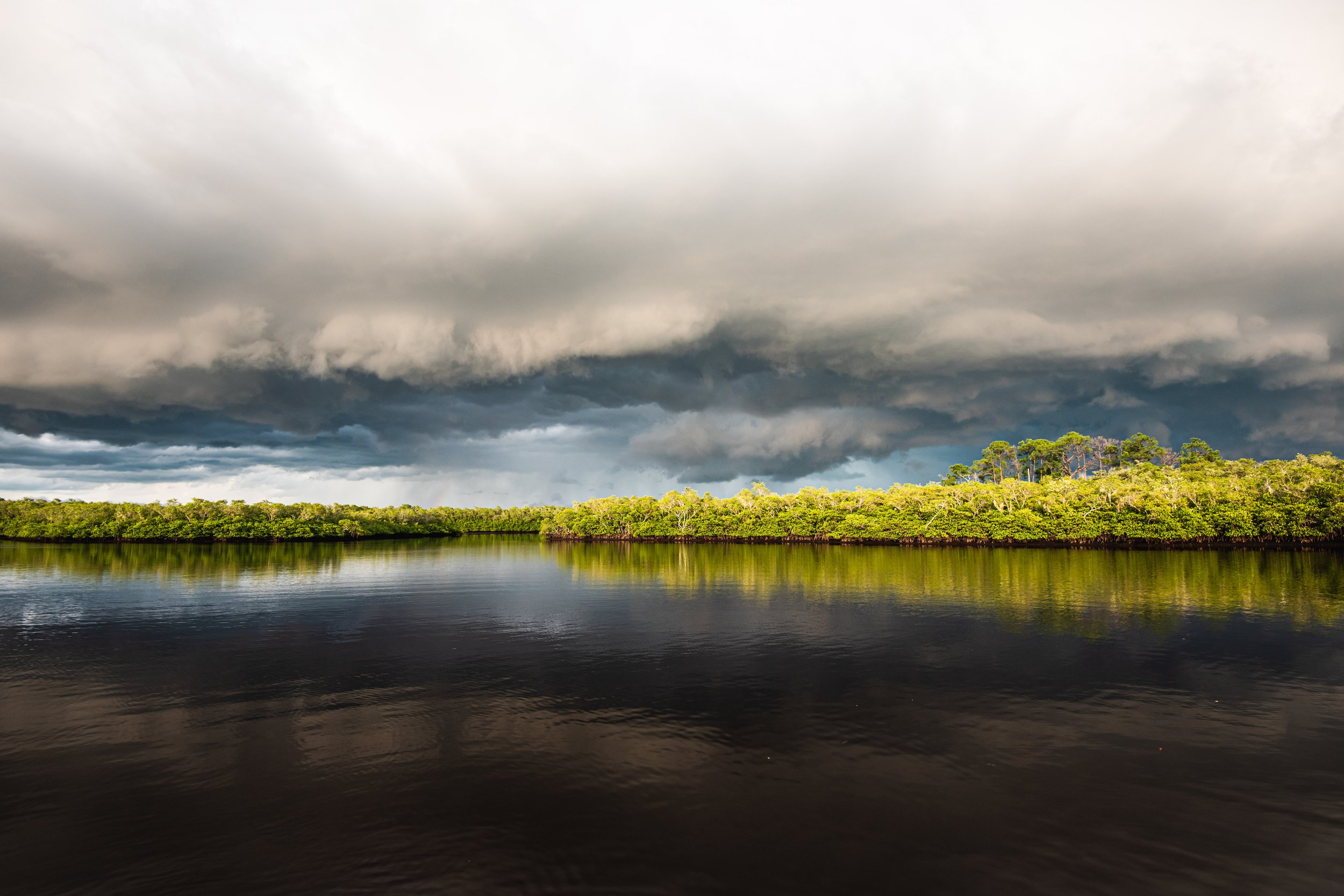
Fly Fish The Everglades
The variety of options found only in the Everglades’ ecosystem makes it one of the most unique fishing experiences in the world.
Explore the Everglades in its incomparable beauty from the bow of Capt. Oliver’s Hell’s Bay. Known as the river of grass, the Everglades is the largest subtropical wilderness in the United States. During the wet season, the water flows southward, slowly meandering and filtering its way through Florida’s wetlands – removing pollutants, replenishing aquifers, absorbing excess nutrients. This fresh water flow allows for the Everglades diverse ecosystems to thrive as it drains towards it’s coastal rivers.
This is why it’s so important to Vote Water and support the organizations protecting our resources. Captains for Clean Water, Conservancy of Southwest Florida, and the Bonefish Tarpon Trust are all stewards of the Everglades and working to protect its ecosystems.
This expansive wetland is home to many species of birds, reptiles, mammals, and fish. And the best way to experience the extraordinary wildlife and beauty of the Everglades is by water. As we slowly glide forward on the skiff scouting for fish, it is not uncommon to see wading birds, alligators, dolphins, raccoons, among other animal species.
Just south of Naples the 10,000 Islands and Everglades begin. The part of the Everglades that we fish is made up of mangrove islands, tidal creeks, and coastal bays - effecting hundreds of miles of fishable water. The mangrove estuaries of the Everglades are a fly fisherman’s dream with island shorelines that are always protected no matter the wind direction.
We will primarily target tarpon, snook, and redfish– known as our “big 3” in Southwest Florida. The two styles of fishing in the Everglades are sight casting and blind casting. With sight casting, I will slowly and quietly pole the boat as we hunt for shots. When the opportunity presents itself, it’s fleeting—you have seconds to get the fly in the right spot. This area doesn’t require long bombing casts but it does require smooth and accurate ones. But the job isn’t over after the cast. You will strip the fly to entice and then strip set. Though it may sound complicated, Oliver will coach you all the way! With blind casting, we actively cast to a shoreline or oyster bar where fish typically hold. The variety of options found only in the Everglades’ ecosystems make it one of the most unique fishing experiences in the world.
-

Tarpon
In the Everglades, tarpon is king. There is nothing like the dead silence of a slicked-out Everglades sunrise is broken by the unmistakable sound of a tarpon rolling on the surface. 6 feet long and 100 pounds, tarpon can be targeted laying up in bays, rolling in river mouths, and migrating down the beaches of South West Florida.
-

Snook
Snook fishing in South West Florida is as good as it gets. Lurking in the shadows, snook wait to ambush a well placed fly. Opportunities to land snook could happen with schools of snook on the crystal clear beaches, or backcountry snook blasting cichlids in the mangroves. Big snook on fly is the pinnacle of Everglades fly fishing.
-

Redfish
Always on the prowl for their next meal, Everglades redfish are a top target on the water. Shots at redfish can vary from a school tailing on a flat to a big solo redfish crawling down a mangrove shoreline with its back out of the water. Redfishing in the Everglades can be technical, but highly rewarding when you get that eat.

Everglades Fly Fishing Trips
Come aboard with Captain Oliver Rogers on his Hell’s Bay Waterman. Oliver is a USCG licensed and insured Captain that will provide a safe and enjoyable day on the water.
As fish migrate around the Everglades, Capt. Oliver will launch out of Naples, Marco Island, or Everglades City to give clients the best shots at fish.
Capt. Oliver will have your fishing license and can provide all tackle upon request. Reach out to him through the button below with any questions or to book an Everglades fly fishing trip. Capt. Oliver can’t wait to have you on his bow!
What To Bring:
Lunch
Drinks
Lightweight Moisture Wicking Clothing
Polarized Sunglasses
Sunscreen
Bug Spray
Hat
Rain Gear



